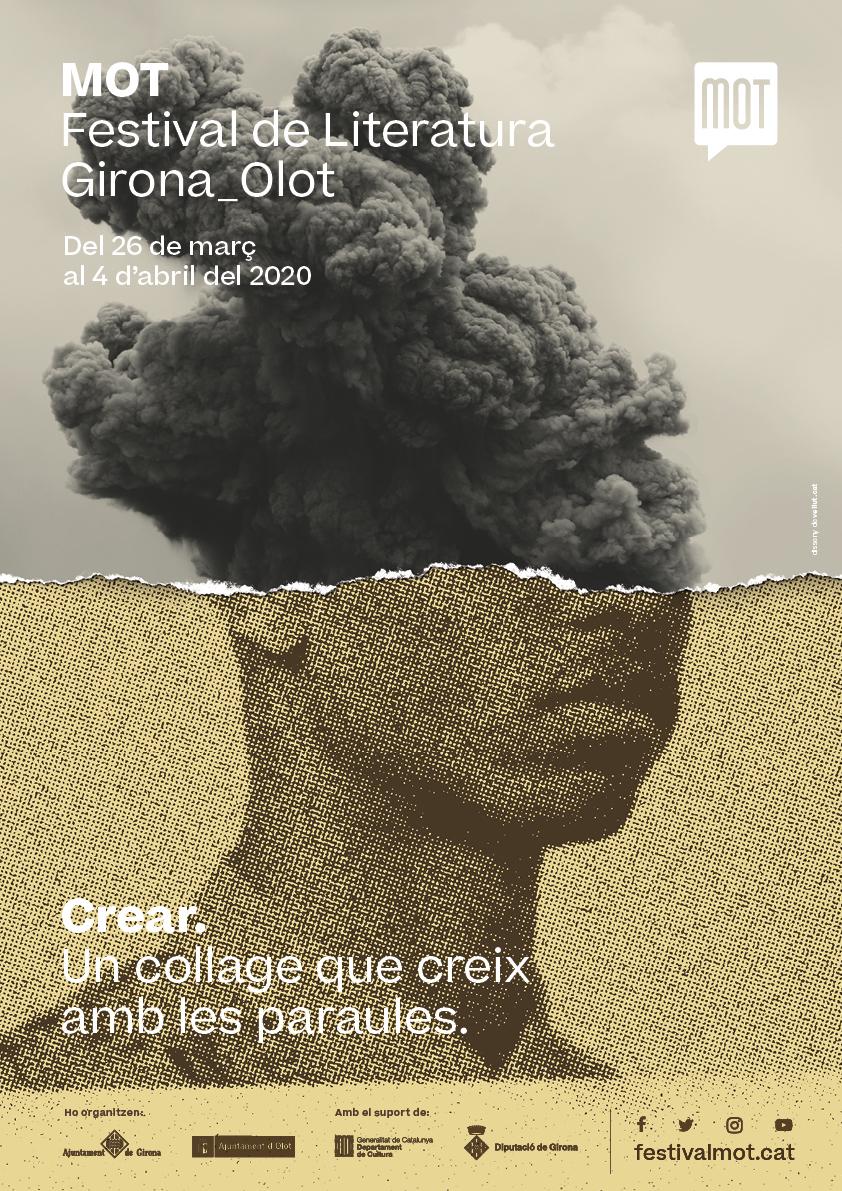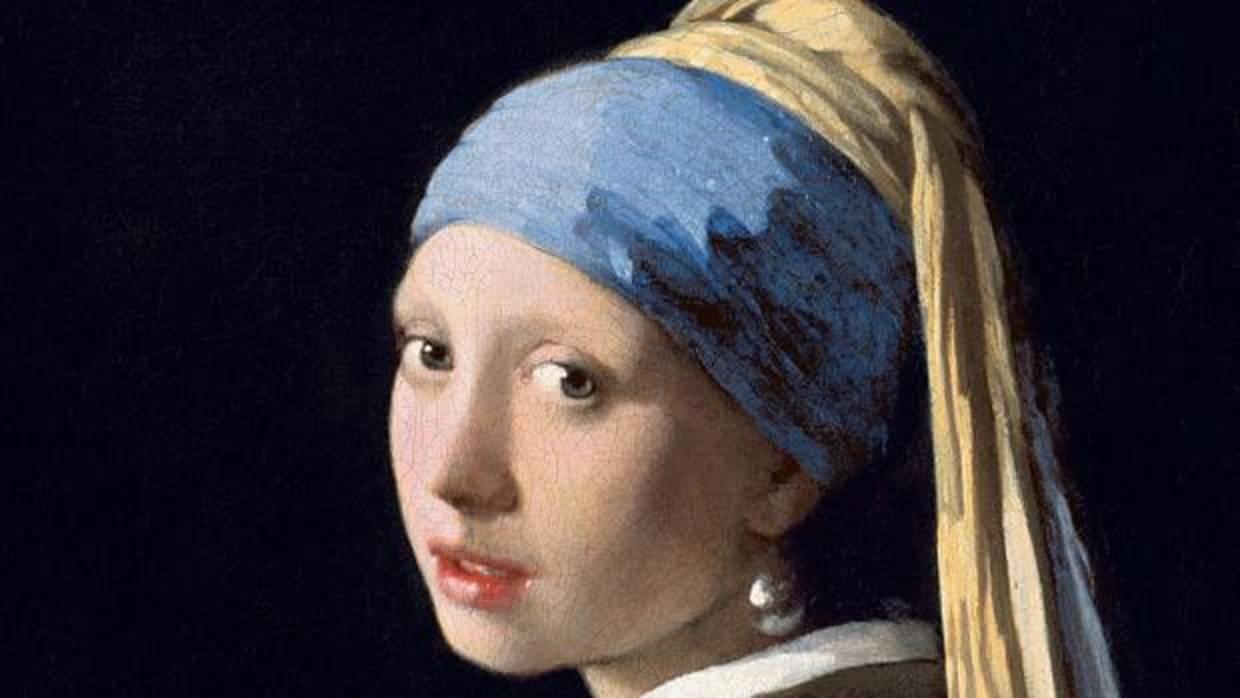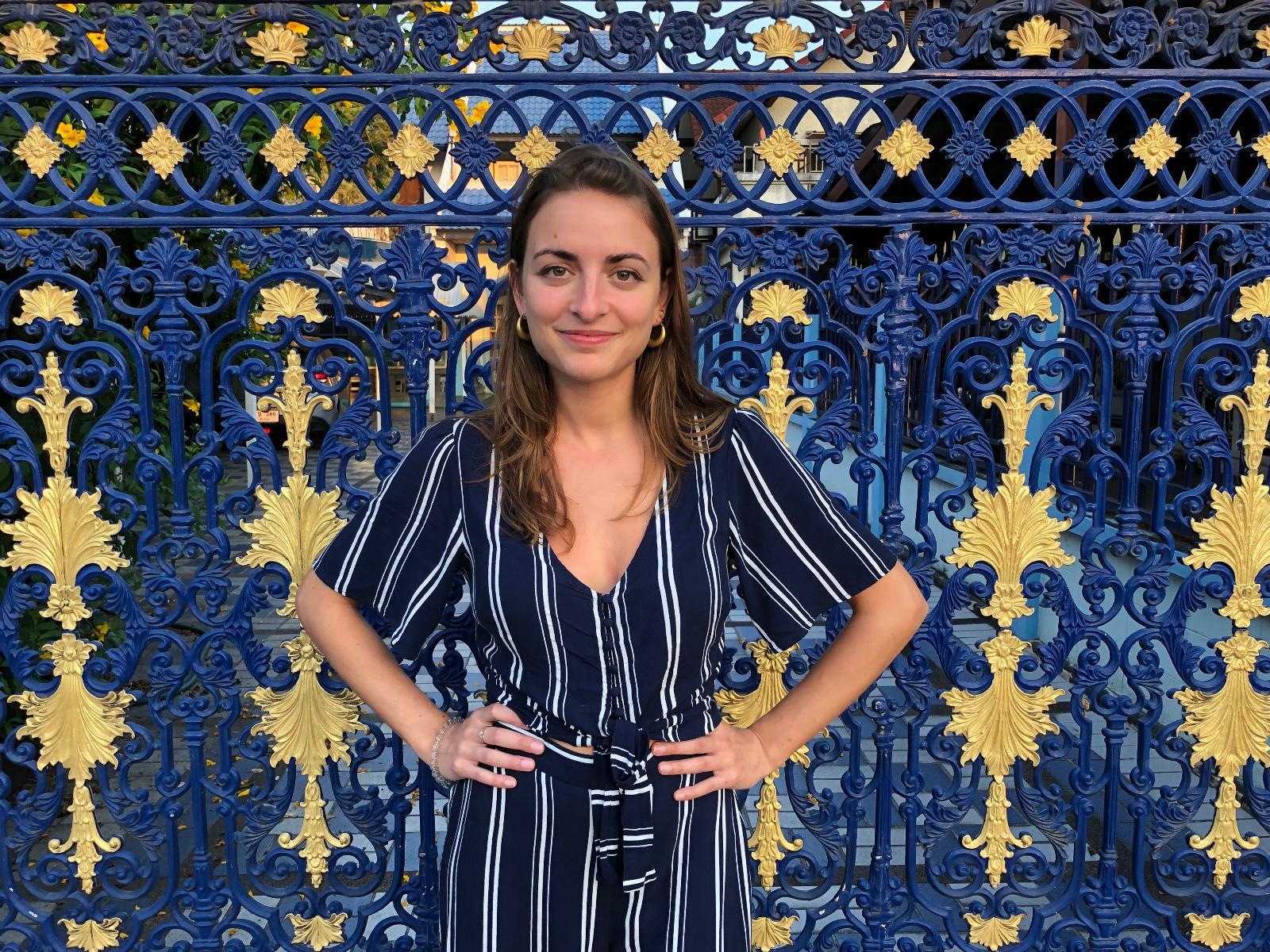Manuel Baixauli’s reflection on the lockdown reveals the stage for his own work: a window – always a window – and the internal echo of every step on the lonely path I can imagine being trodden by Ignot’s Crisòstom, because ‘the best literature is not written, it is walked’. His need to create becomes painting and writing, an issue dealt with by the poet and editor of paperllull, Esteve Plantada, in his poem ‘L’artefacte del límit’ (‘The Artefact of the Limit’). I discovered this piece through a video that invites us to walk across the blank page drawn on by Marta Bellvehí, while Sílvia Bel moves through the writing with her voice. Circles? I cannot help but enjoy the fateful drawing of a discovery that, a few hours later, is complemented by visual windows – provided by writer Iolanda Batallé – in which the entrance and inside of L’exili, Baixauli’s workshop, are depicted. Drawing and writing coexist on the pages of books: they are extensions that fascinate me like characters (such as Mateu, who illustrates Crisòstom’s articles in Ignot), reflections on marginal and mainstream painting, and the contrast found within a drawing itself when it incorporates text, because ‘meaning must not betray the forms of the piece, but rather boost them or, at least, complement them’. Above all, meaning must find the author divided into an infinite multiplicity of voices.
When you pick up a book, as you progress through the narrative, through the dialogues and the silences created, words also transform into images. That is why every reading and rereading leads us to other registers, as though writing were an opening bracket without its closing counterpart, or various layers of skin transforming into infinite transparency. We are no more than a collage of different origins incorporated into the creative process, which, far from the dictates or sentences that seek to impose limits on us, expands and multiplies with life’s vibrations.
When I was planning the first programme for the MOT, the literature festival postponed this year, I wanted to make connections between the arts and literature, to get closer to the writing generated by other creative processes (and vice versa) and to those who watch, listen to and include them in their books. One of these writers is Jordi Coca, one of the most celebrated Catalan authors, who takes a unique look at the paintings of Edward Hopper, which are also full of windows, characters waiting, and empty paths criss-crossed by silence. Then there is Tracy Chevalier, with a painting by Vermeer, or Donna Tartt, with a 1654 piece by Carel Fabritius, who illustrates the consequences a poor harvest can have on a painter who could be one of Baixauli's characters. Not long after, Deborah Davis delved inside the same unsuccessful artist, a contemporary of Rembrandt and Vermeer who died dramatically in the city of Delft. In fact, I have always shunned closed relationship systems that impoverish and divide.
The infinite, invisible box tells us, 'Now you will go blind’. But there are many kinds of infinite boxes: some remain closed, hidden, after trying to blind us, impose limits on what we should see (or do) or not see (or do) and, in many cases, make us mindlessly believe everything they tell us. Other boxes, meanwhile, get lost through distraction, like Baixauli’s: an experience from when he was eighteen described in one of his articles (Ningú no ens espera, 2016) and uttered again by one of the characters in Ignot, with the loss of all that we cannot find left inside. Both books feature drawing: the line that grows and scratches from the inside, from the sound box we will never be able to close or blind because it only needs a window that opens to breathe life into forms. Writing is a vital necessity, says Ana Blandiana in La por de la literatura (Fear of Literature), in which ‘the obligation to express myself determines the obligation to exist to be expressed. I am like a mass of fleece that only exists to the extent that it is spun’.
The non-path takes form
The real infinite box is our own, is all that is invisible that, like a non-path, takes form as we move forward, as though everything were the hiding place for something else that has not yet found the connections to come out and make itself visible. Kafka, Pessoa, Calvino and so many other writers opened our eyes to the need to overcome disjunctions, because nothing can be closed away in a drawer with a clear label indicating its contents. Ideas and works escape from, flee, feel discomfort with that word imposed as a name that is just a reflection of the need to leave everything tied up neatly: a false, fictitious security meant to hide fears, doubts and insecurities, as Marguerite Yourcenar warned us decades ago.
This is why we need chapters that give a voice to others, like those that make up Canto jo i la muntanya balla (I Sing and the Mountain Dances) by writer and visual artist Irene Solà. After studying in London for a time, she decided to make the mountain a voice of voices that becomes polyphony and brings meaning to existence by questioning the different ways of being in the world. Research and learning, experience and knowledge that combines layers of memory and accumulated traces, without forgetting that natural elements are as important as mythology and the characters that inhabit it. She is a fascinating voice on the current Catalan literary scene who listens and uncovers a collage of the different strata of coexistence among territories. Visual strength and action speak of transformations, of connections with poems and drawings that, through time, show us how biased history can be, depending on who is telling it. What lies beyond the limits enables us to draw with words and find everything changed when we return from our journey. This artist’s journey has been a long one, with her first book published in 2012. Her work and texts have been displayed and read in the CCCB and in London’s Whitechapel Gallery and Jerwood Arts Centre, while other activities have taken her to the Bòlit centre in Girona and La Capella in Barcelona. Then there are her ongoing, itinerant projects, like Dues molars de mamut (Two Mammoth Molars) at the Binari Cultural Association in Olot, which would become an exhibition at the Cultural Rizoma centre and a contribution to the Bianyal series.
Baixauli and Ignot. Different fragments of lives and voices that also travel between chapters, unfurling into pieces that boost and give meaning to the overall puzzle. Hiding and awakening. We have no idea how many hiding places exist within a piece of art or a person. Up until now, interpretations have multiplied according to who is looking, because we are all made of fragments that are perhaps just the multiplied roots of a constellation, the plurality of our own (and others’) worlds. On this subject, Baixauli is clear: ‘(...) they perpetuate just one of the multiple faces shown by a person over the course of their life and they push the others into the shadows, even if they were as real or more real than that one’. A conjunction always occurs: following the traces left by others, listening to the invisible history that seeks us out without knowing, and hearing our steps moving forward.
Glòria Bosch Mir










